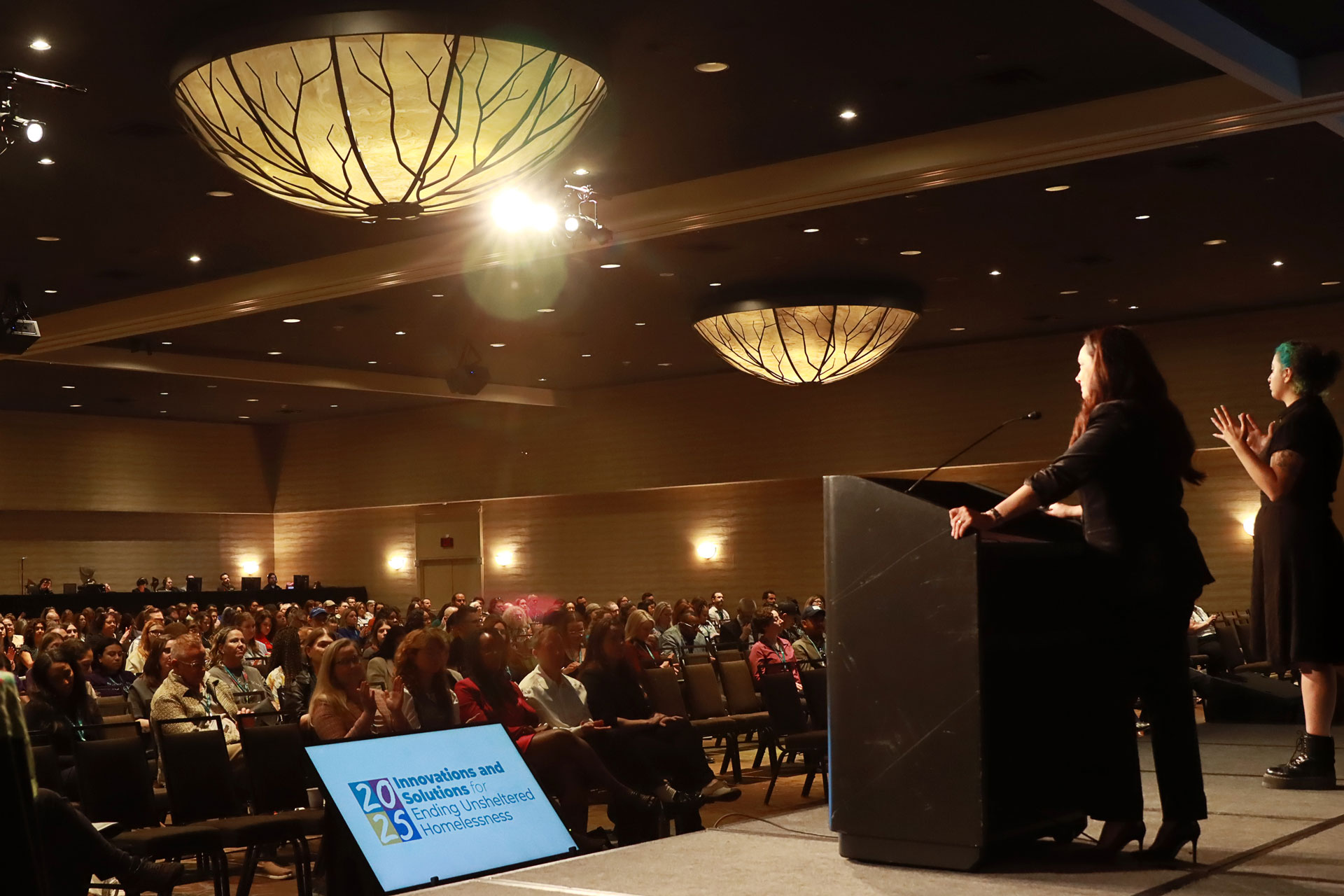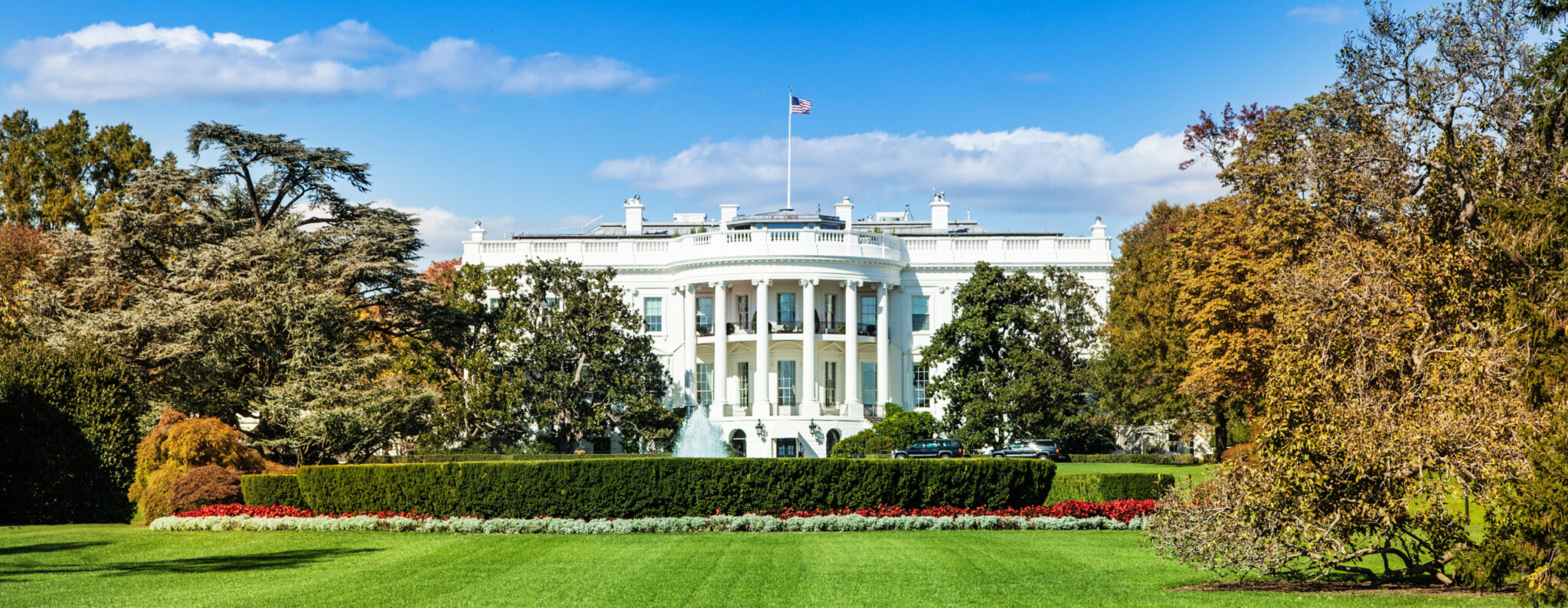The National Alliance to End Homelessness supports the new Federal Strategic Plan to Prevent and End Homelessness, released recently by the U.S. Interagency Council on Homelessness.
The Alliance believes that this plan aligns with the most important work that the federal government needs to do on homelessness in the coming years in order to make substantial progress. The plan also provides a model for work that states and localities, as well as the private and nonprofit sectors, should undertake.
All In: The Federal Strategic Plan to Prevent and End Homelessness (All In) is broad in its scope and scale because it covers actions for 19 federal agencies. At the federal level, the intent is to follow it up with more specific objectives and actions. The Alliance will be monitoring this process and looking for ways that we and others around the country can make these implementation steps as impactful as possible, at the federal as well as the state and local levels.
This blog post highlights some important details that should be of interest to people working in the field about key aspects of All In.
It stresses the importance of racial equity and equity for marginalized people to resolve underlying structural causes of homelessness. An essential aspect will be ensuring implementation of the Affirmatively Furthering Fair Housing rules.
It focuses on the kinds of help that have had the most positive impact on homelessness since the early 2000s: following the proven Housing First strategy of paying for people’s housing, providing health care (including behavioral health care), and helping people to obtain work and benefits.
It addresses all homelessness, not limiting itself to homelessness among a single subpopulation.
It calls for a specific, ambitious outcome in the short term: a 25 percent reduction in the number of people on the streets and in shelters at a given time. Over three years from early 2022 to early 2025, this would mean a reduction of 145,616 people experiencing homeless. This is aggressive, perhaps aspirational, a level of impact not seen before. We believe that such an approach is necessary, to drive momentum at the federal, state and local levels.
It draws directly from data showing the ways homelessness has improved and how it has become worse.
Besides addressing the work of local homelessness systems, it calls for collaboration with federal “mainstream” efforts to help lower-income Americans more generally, calling on administering agencies to address the needs of people who are homeless or at risk of homelessness. This will require more work at the state level, since that is where many of these programs (TANF, Medicaid) are located.
It recognizes the importance of prevention of homelessness through better access to housing and other supports for people at greatest risk of homelessness.
It ensures increased focus on people who haven’t been prioritized in the past decade, including older adults and people with mental illness, substance use disorders, and other kinds of disabilities. The plan also seeks continued progress for others – like veterans, families with children, and youth – who have been specifically addressed in other federal efforts. This prioritization aligns with the conclusions from the Annual Homeless Assessment Report to Congress: that populations for whom the ability to afford housing has been prioritized over the past ten years have seen substantial decreases in homelessness, while those who have not been prioritized have not.
The Alliance is hopeful that this plan and the implementation work that follows will lead to increased funding, know-how, and leadership to do what’s necessary to end homelessness: move people who are homeless quickly back into housing; stabilize people in their housing; and make more housing available and affordable so that fewer people become homeless. We look forward to continued work with our many allies to make this happen.
Stay Updated: Solutions, Stories, and Ways to Make an Impact
Sign up to receive updates on the Alliance’s work, including the latest research, advocacy efforts, and real stories of progress — plus ways you can help drive lasting change.












